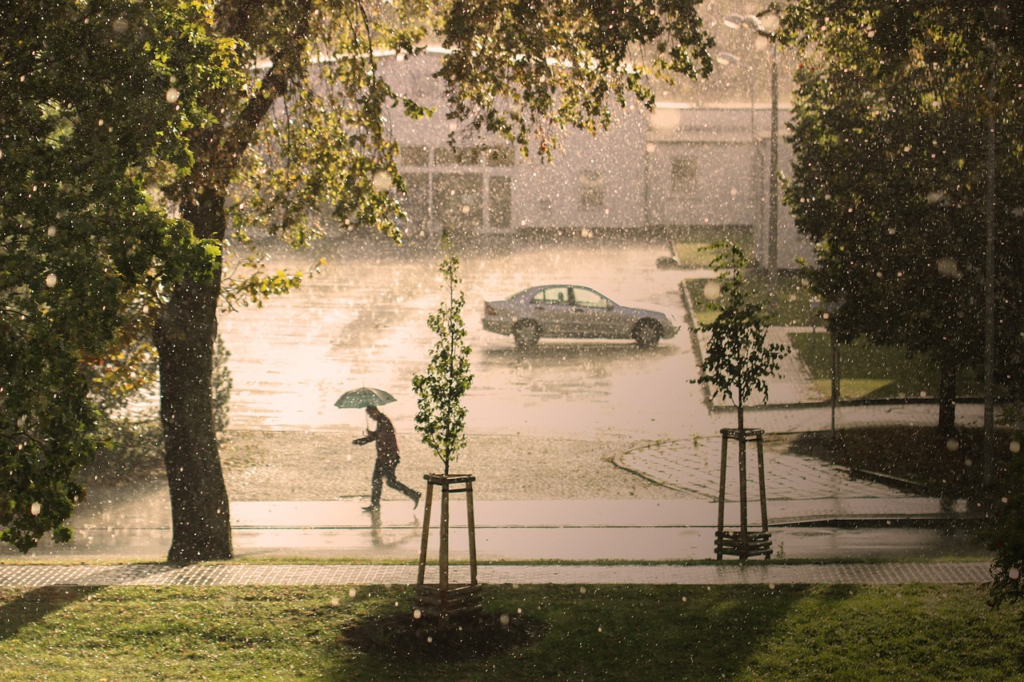After a storm has passed, one of the homeowners’ primary concerns is ensuring their roof’s integrity. Storms can bring about a range of conditions, from heavy rain and fierce winds to hail, any of which can wreak havoc on roofing materials. I’d like to point out that conducting a thorough assessment of your roof for potential damage is crucial in preventing further costly repairs. In this guide, we will walk you through the necessary steps to evaluate the condition of your roof safely and effectively.
When and How to Perform a Roof-Level Inspection
Roof inspections need precise timing. Ideally, you should conduct your inspection as soon as it is safe after a storm. This allows you to identify any immediate hazards or damage that require prompt attention. Early morning or late afternoon, when lighting is adequate but not too bright, can be optimal times for visibility and comfort. When preparing for a roof-level inspection, safety is paramount. Consider contacting a local roofer, whether that’s in Cleveland, Charleston, or San Francisco if you have any doubts about your ability to safely inspect your roof yourself. This is particularly true if your roof has steep pitches or is slippery from rain.
Common Types of Storm Damage to Look For
During your roof inspection, pay attention to the different types of storm damage that can occur. Though not immediately obvious, structural damage can include loose or missing shingles, which could result in leaks and weakened spots susceptible to further issues. Hail can leave behind pockmarks or dents in shingles, diminishing their ability to protect your home from the elements. Wind can lift or curl shingles, exposing the underlayment and allowing moisture to penetrate. Additionally, watch for debris accumulation, such as branches or leaves, as these can block gutters and downspouts or even cause physical damage to roofing materials. Checking for these signs of damage can be crucial to maintaining the overall health of your roof and preventing further complications.
Conducting a Ground-Level Inspection
Before climbing up to inspect the roof closely, it’s wise to conduct a thorough ground-level inspection to identify any visible signs of damage. Start by walking around your home and examining the roof from various angles. Look for any visible damage such as missing or crooked shingles, as these can be indications of more severe structural issues. Check the ground near the base of your house for pieces of shingles or other roofing material that may have blown off during the storm. Additionally, assess gutters and downspouts for signs of clogging or damage caused by debris accumulation. Note any sagging areas or unusual water stains on exterior walls, as these might signal water infiltration issues that need attention. Conducting a ground-level inspection can help you gather information and prioritize areas for further examination, ensuring a comprehensive assessment of your roof’s condition.
Documenting the Damage
Once you’ve completed your roof inspection, meticulously documenting any findings is a vital next step. Start by taking clear photographs of all the identified damage from different angles to capture the extent and severity of each issue. These images will serve as crucial evidence when dealing with insurance claims or planning repairs. Additionally, make detailed notes of each type of damage, including the location and any immediate effects it might have on your home, such as leaks or drafts.
This record will help you keep track of necessary repairs and provide a foundation for future maintenance checks. If possible, include measurements of any significant gaps, holes, or areas where shingles are missing, which will assist contractors in estimating the required repair efforts accurately. Keeping thorough documentation ensures that you have all the necessary information at hand to address the damage efficiently and effectively.
Next Steps: Repair or Replace?
After assessing the damage and documenting your findings, you’re faced with an important decision: should you repair the damage or opt for a full roof replacement? The choice largely depends on the extent and nature of the damage. If the damage is limited to a small area or involves replacing a few shingles, a repair may be sufficient to restore your roof’s integrity and prevent further issues. Minor repairs typically require less time and expense, making them a practical choice for superficial damage.
Conversely, if the damage is extensive, affecting a large portion of the roof or compromising the underlying structure, a complete replacement might be more cost-effective in the long run. A total replacement offers an opportunity to upgrade roofing materials, potentially improving your home’s energy efficiency and adding long-term value. Consulting with a professional roofer can provide insights based on the specific condition of your roof, ensuring you make an informed decision.
Addressing roof damage after a storm is a critical task for homeowners to safeguard their property from further harm. By following a systematic approach—performing timely inspections, identifying and documenting damage, and determining whether to repair or replace your roof—you can manage the aftermath of a storm effectively. Consulting with roofing professionals and adhering to best practices will not only ensure your roof’s structural integrity but also enhance the overall safety and value of your home. Taking these proactive steps can offer peace of mind, knowing that your home remains secure and protected against future storms.






